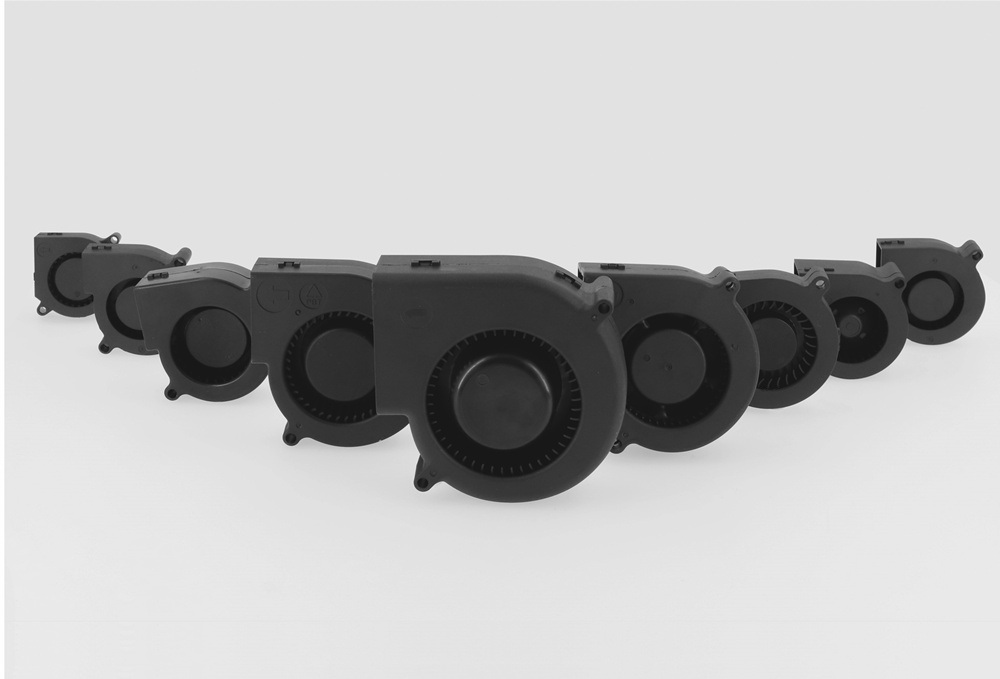Centrifugal fan is a machine that relies on input mechanical energy to increase gas pressure and discharge gas. It is a driven fluid machine.
Centrifugal exhaust fans can be widely used for cooling and ventilation in air conditioning equipment, household appliances and medical equipment.
The working principle of a centrifugal blower fan is basically the same as that of a turbo compressor, except that the gas flow rate is low and the pressure changes little. Generally, there is no need to consider the change of gas specific volume, that is, the gas is treated as an incompressible fluid.
Centrifugal fans have a long history. China has produced simple wooden hulled windmills in many years BC, and its principle of operation is basically the same as that of modern centrifugal centrifugal fans. In 1862, Guibel of the United Kingdom invented a centrifugal centrifugal fan. Its impeller and casing are concentric circles, the casing is made of bricks, and the wooden impeller uses rearward straight blades. The efficiency is only about 40%. It is mainly used for mine ventilation. In 1880, people designed a volute casing for mine ventilation and a centrifugal fan with backward curved blades. The structure has been relatively complete.
When the centrifugal fan works, the power machine (mainly a motor) drives the impeller to rotate in the volute casing, and air is sucked in from the center of the impeller through the suction port. Due to the dynamic action of the blade on the gas, the gas pressure and speed are increased, and under the action of centrifugal force, it is thrown along the blade path to the casing and discharged from the exhaust port. Because the gas flow in the impeller is mainly in the radial plane, it is also called radial centrifugal fan.
